On May 10, Vietnam Electricity (EVN) said that in April and early May, the prolonged and severe heat wave across a large area caused electricity consumption to increase. Although the severe heat wave in early May only lasted for a few days in the North, the capacity and electricity consumption in the North and nationwide were very high.
Typically, on May 6, although it was a weekend, the national power consumption reached more than 43,300MW and the national power consumption on this day also reached more than 895 million kWh.
It is forecasted that in May, June and July, the North will enter the peak of hot weather, the load of the national power system will continue to increase and be higher than the national power system operation plan approved by the Ministry of Industry and Trade .
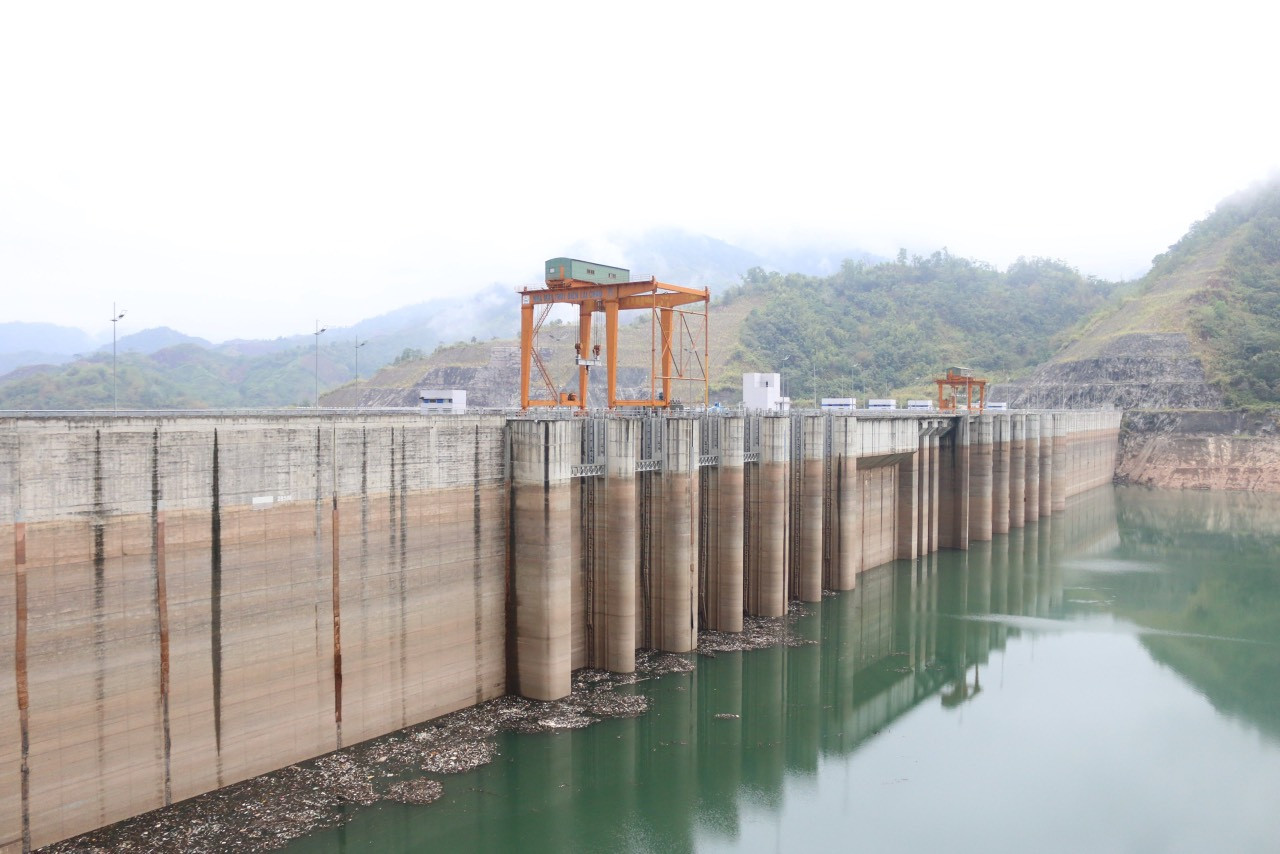
Meanwhile, the hydrological situation of hydroelectric reservoirs in recent months has had many unfavorable developments, significantly lower than the average of many years. Many hydroelectric reservoirs across the country have had poor water inflow, the water flow in the first 4 months of the year of hydroelectric reservoirs in the North is about 60-70% compared to the average of many years, many hydroelectric reservoirs in the Central and Southern regions also have had poor water inflow.
By early May 2023, many hydropower reservoirs in the system had reached low water levels, posing a risk of affecting the security of electricity supply and serving people's needs during the remainder of the 2023 dry season.
Specifically, there are 10 hydroelectric reservoirs belonging to EVN and many hydroelectric reservoirs of investors other than EVN that have reached or are below the dead water level (total capacity of about 4,500 MW), including EVN hydroelectric reservoirs such as: Lai Chau , Tri An, Ialy, Ban Chat, Huoi Quang, Trung Son, Buon Kuop, Buon Tua Srah, Srepok 3, Song Ba Ha.
The remaining output in the entire system's reservoir is 4.5 billion kWh, 1.6 billion kWh lower than planned, 4.1 billion kWh lower than the same period in 2022.
According to the forecast of the National Center for Hydro-Meteorological Forecasting, the El Nino phenomenon will occur in the last months of 2023, causing high temperatures and low rainfall compared to the average of many years. This causes the flow to the lake in the last months of the year to continue to decrease.
"If drought occurs seriously over a large area, there is no flood or the flood is at a low level, the power supply situation may be difficult in the coming time," EVN is concerned.
In response to the difficult situation of operating the national power system this summer, EVN hopes to "receive the sharing and active cooperation" of people and electricity customers through thoroughly using electricity economically, especially during peak hours at noon and in the evening. Specifically, noon from 11:30 to 14:30, evening from 20:00 to 22:00.
At the same time, EVN recommends using air conditioners reasonably (set at 26-27 degrees or higher, use in combination with fans), and should not use many high-capacity electrical devices at the same time.
The National Power System Control Center and power units in the Northern region will plan electricity supply for each month, especially during peak hot months (from May to August), and inform major customers early to proactively adjust production activities.
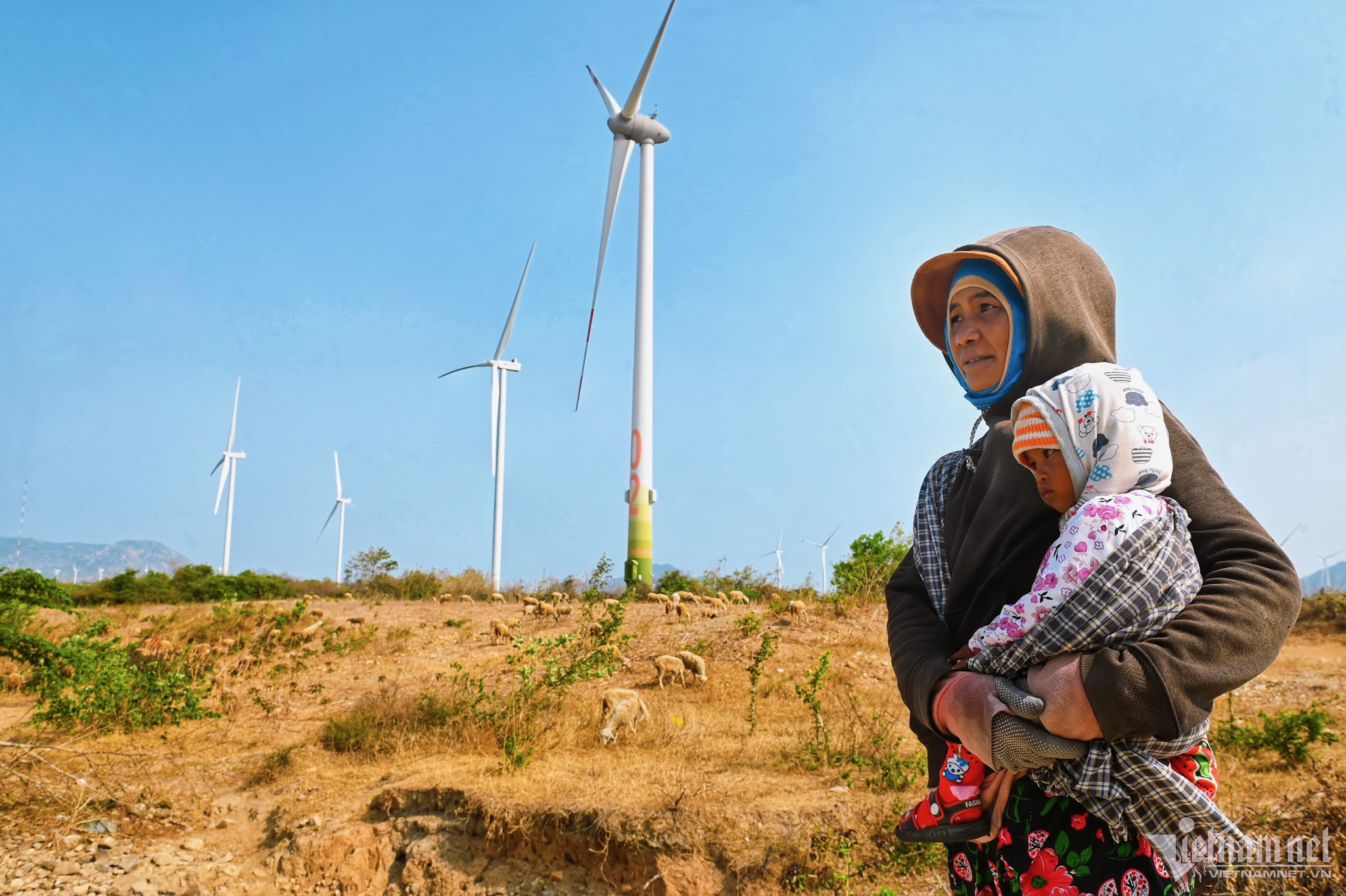
Source




![[Photo] Ho Chi Minh City holds funeral for former President Tran Duc Luong](https://vphoto.vietnam.vn/thumb/1200x675/vietnam/resource/IMAGE/2025/5/24/9c1858ebd3d04170b6cef2e6bcb2019e)
![[Photo] Party and State leaders visit former President Tran Duc Luong](https://vphoto.vietnam.vn/thumb/1200x675/vietnam/resource/IMAGE/2025/5/24/960db9b19102400e8df68d5a6caadcf6)




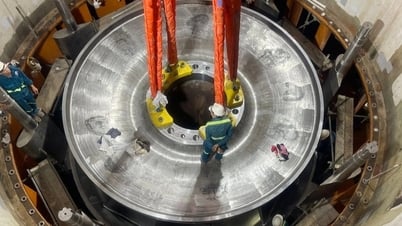









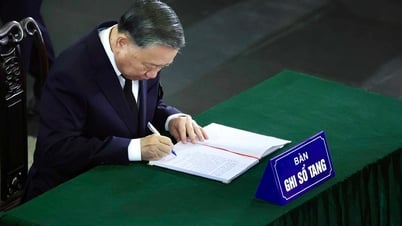

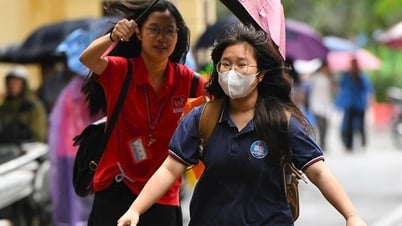


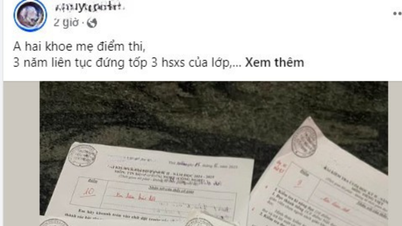
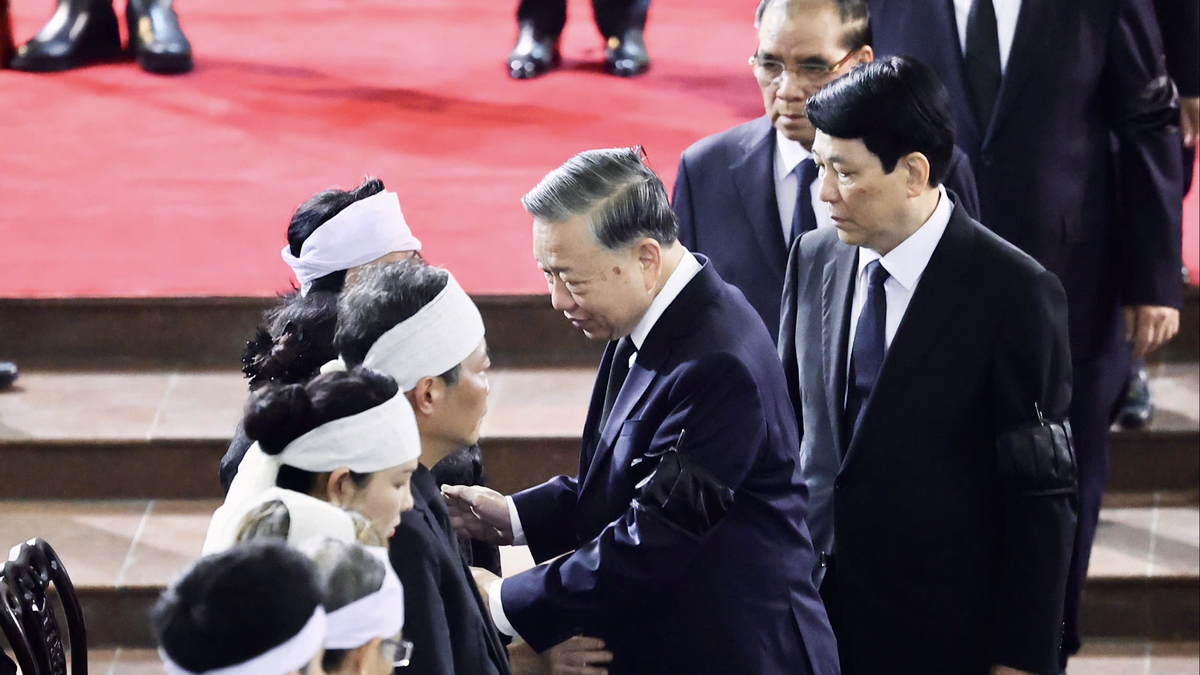

































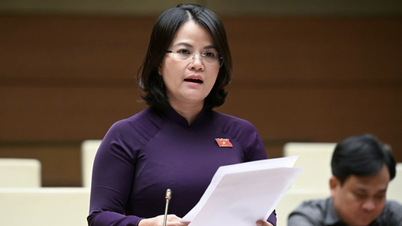

































Comment (0)